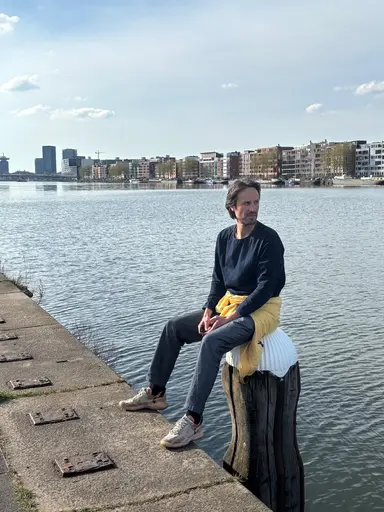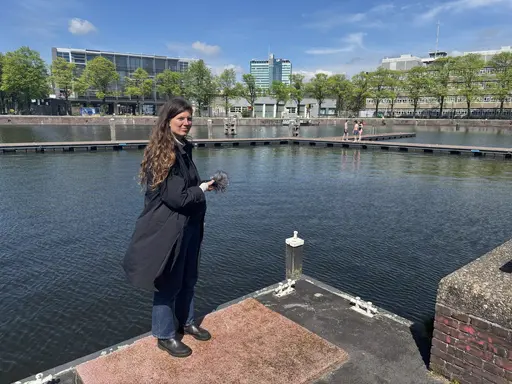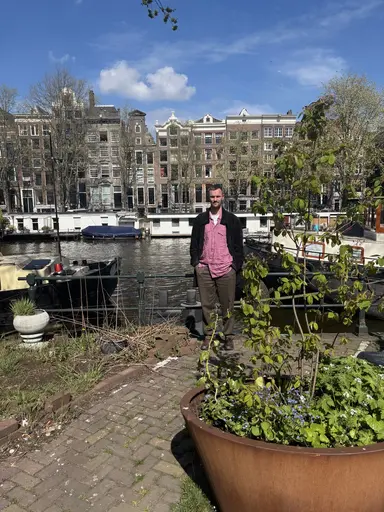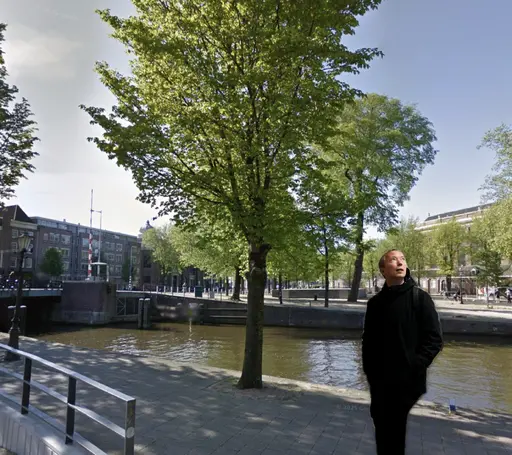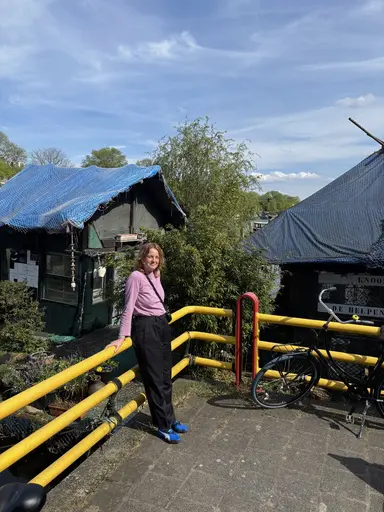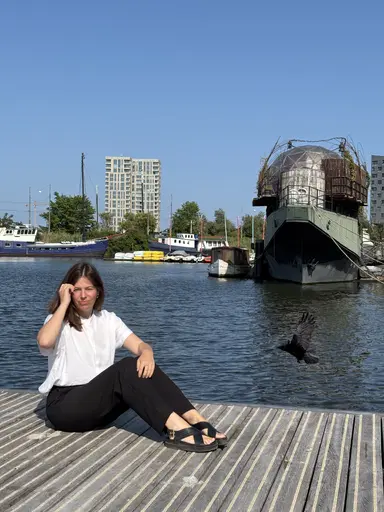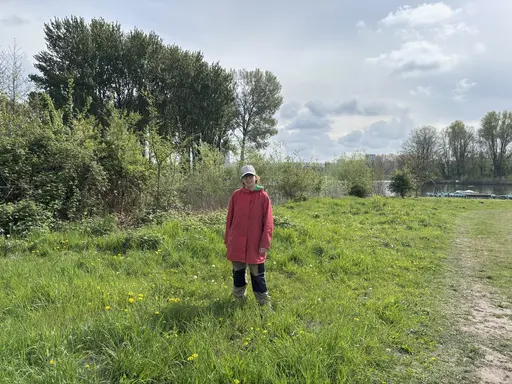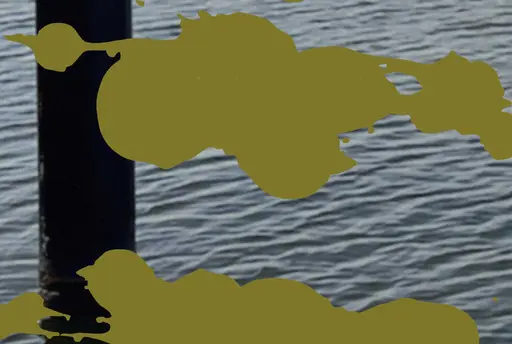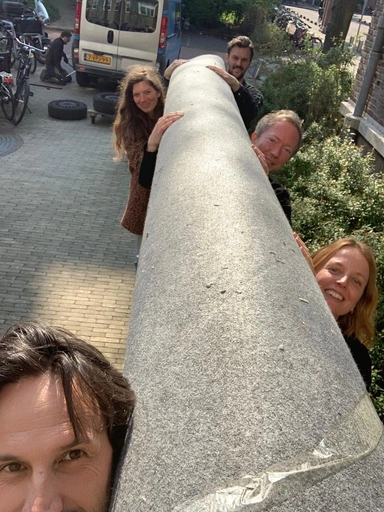output – podcast
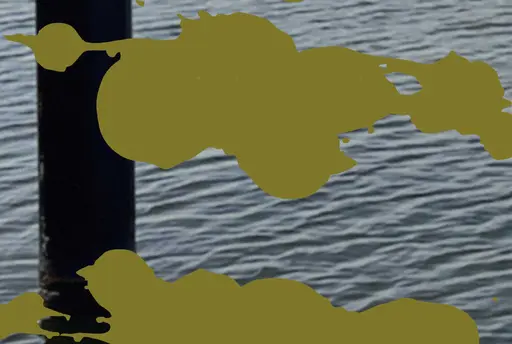
Audio tour by Loom and Art & Spatial Praxis
What becomes of water when we look at it through the lens of different artists and researchers? And how might it assist us in looking at the world differently? Seven practitioners individually welcome us to a water-related place in Amsterdam, and explain what this place tells us about water when we listen, look, and think carefully. Each interview is preceded by a listening exercise, guided by the voice of the interviewee; intimately connected to their chosen location. These recordings can be experienced onsite, or wherever you find yourself, with a moment to spare.
This series documents what has occurred in the Gerrit Rietveld studio as part of the Climate Imaginaries programme focussing on water and climate justice. The seven practitioners have been involved in the programme, engaging in practice-based artistic research and exploring both textual and non-textual formats. Five of the practitioners are part of Loom – practice for cultural transformation, who also produced this podcast.
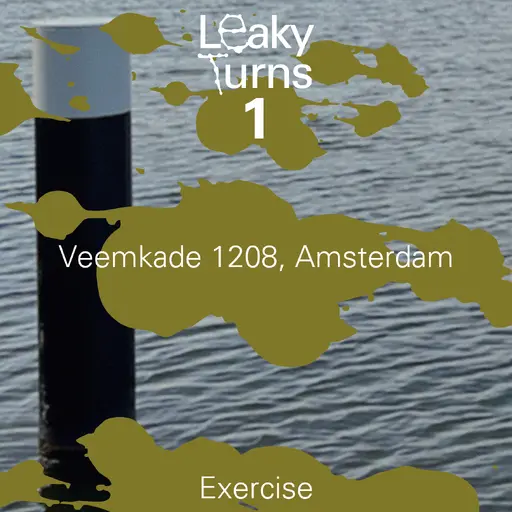
Leaky Turns: Exercise 1: Veemkade 1208, Amsterdam (Michiel van Iersel)
Alongside Michiel van Iersel, listen back in time from a quay in Amsterdam where the sea used to be, propelling us forward in order to imagine what the future of this place may one day sound like.
This podcast is part of the series Leaky Turns
This podcast is part of the series Leaky Turns
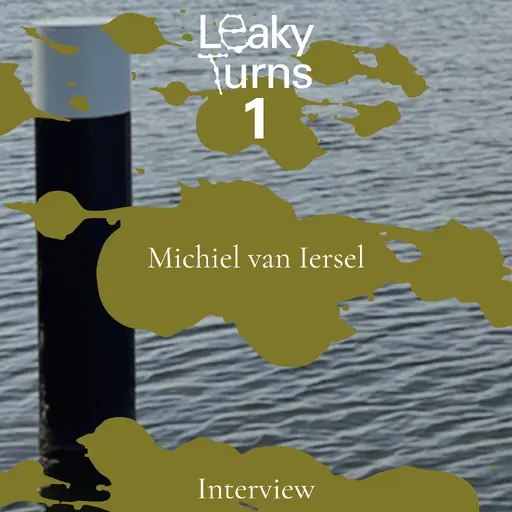
Leaky Turns: Interview 1: Michiel van Iersel
Drawing on Anuradha Mathur and Dilip da Cunha’s concept of “ubiquitous wetness”, Michiel van Iersel considers the deceptive tranquility of water in urban environments, highlighting how human attempts to control water have created a false sense of security. Water is increasingly becoming an immersive, unpredictable force in our lives. A force we must begin to acknowledge, rehearse for, and adapt to.
This podcast is part of the series Leaky Turns
This podcast is part of the series Leaky Turns
Michiel van Iersel is a transdisciplinary instigator of new concepts and collaborations with two decades of experience creating transformative projects. He combines his role as part of Loom with a teaching position at the architecture department of ETH Zürich.
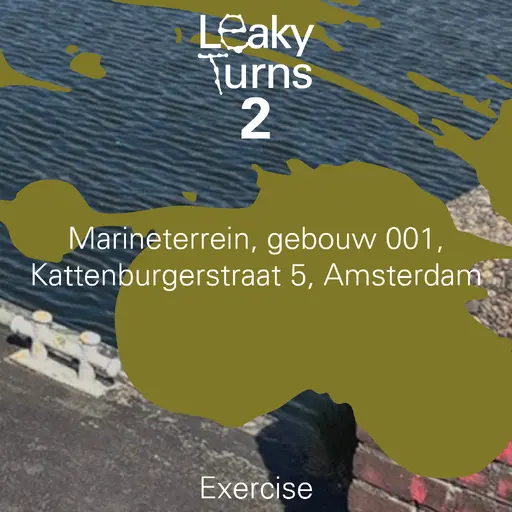
Leaky Turns: Exercise 2: Marineterrein, gebouw 001, Kattenburgerstraat 5, Amsterdam (Katía Truijen)
Listen alongside Katía Truijen; remember another time when you were close to a body of water.
This podcast is part of the series Leaky Turns
This podcast is part of the series Leaky Turns
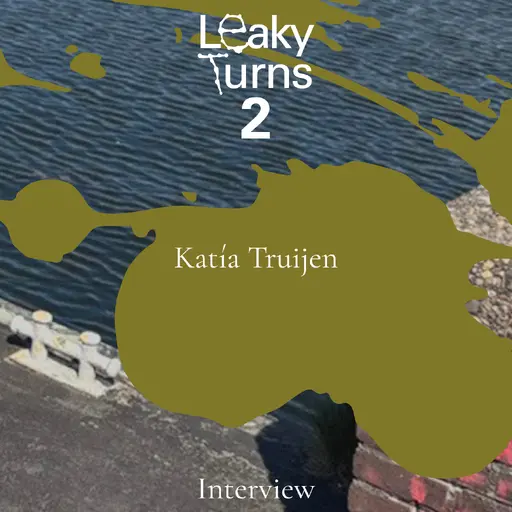
Leaky Turns: Interview 2: Katía Truijen
Through speculative listening and audio collage, Katía Truijen explores how sound can reveal erased ecologies, capitalist histories and possible futures, turning water into both a witness, and a carrier of memory. She specifically reflects on Amsterdam’s former marine harbour as a historically layered and sonically rich site shaped by colonization, industrialization, and transformation from a restricted zone into a public space.
This podcast is part of the series Leaky Turns
This podcast is part of the series Leaky Turns
Katía Truijen is a media researcher, curator, educator and musician. Her work is concerned with bringing people together around practices of listening, archiving, and rehearsing alternative urban, technological and ecological futures.
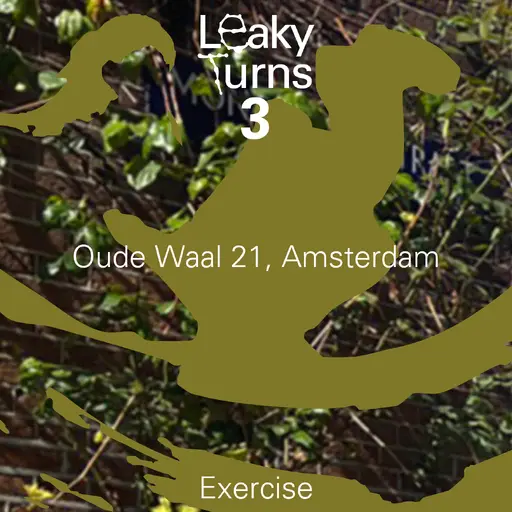
Leaky Turns: Exercise 3: Oude Waal 21, Amsterdam (Mark Minkjan)
Listen alongside Mark Minkjan to try to imagine the material history of the world around you.
This podcast is part of the series Leaky Turns
This podcast is part of the series Leaky Turns
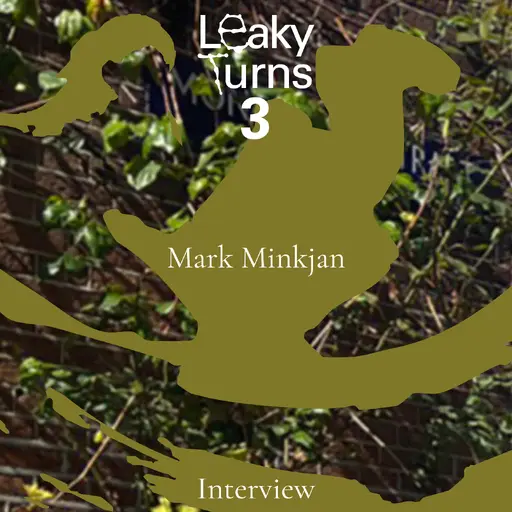
Leaky Turns: Interview 3: Mark Minkjan
Rivers generate fertile land for raw construction materials and agriculture. Mark Minkjan contemplates the intertwined histories of agriculture, clay and brickmaking along the Rhine River, and how extractive practices have shaped both the built environment and the riverine landscape. He contrasts destructive industrial processes with emerging regenerative approaches in farming and architecture that aim to restore ecosystems and foster cyclical relationships with water, soil and materials.
This podcast is part of the series Leaky Turns
This podcast is part of the series Leaky Turns
Mark Minkjan is a geographer and architecture critic who writes, does research and makes publications in the form of books, exhibitions and conversations. He sees spatial habitats as products of cultural and material histories, and as carriers of possible futures.
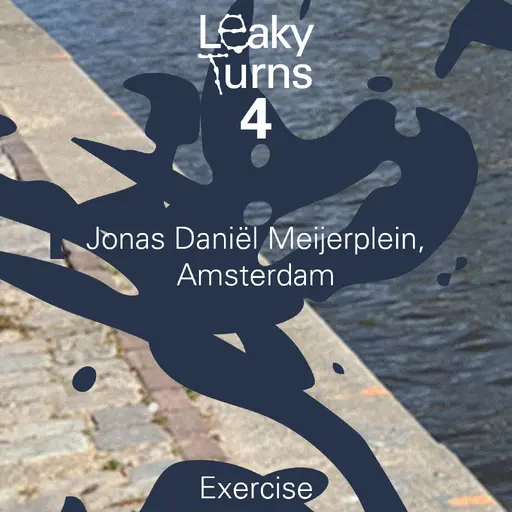
Leaky Turns: Exercise 4: Jonas Daniël Meijerplein, Amsterdam (René Boer)
Listen alongside René Boer to imagine what the canal has looked like historically, and what it may yet come to look like in the future.
This podcast is part of the series Leaky Turns
This podcast is part of the series Leaky Turns
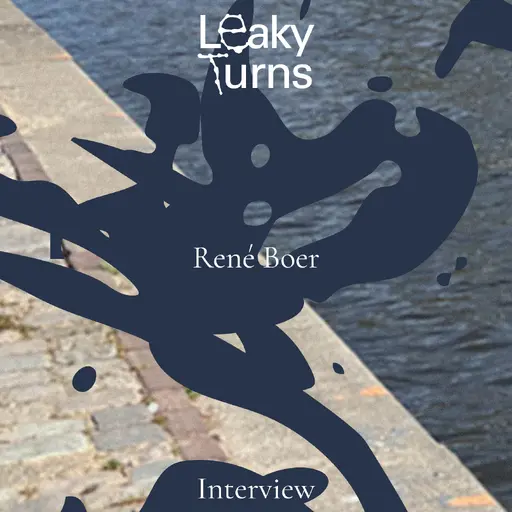
Leaky Turns: Interview 4: René Boer
Amsterdam’s canals can be seen as both historically straightened infrastructures, and contemporary sites of queer resistance and celebration––particularly during the annual Canal Parade. Connecting this local example to a broader research into the straightening and queering of water bodies, René Boer reimagines these waterscapes as fluid, inclusive, and ecologically sensitive spaces in response to the ever-present climate crisis and social contestation.
This podcast is part of the series Leaky Turns
This podcast is part of the series Leaky Turns
René Boer works as a critic, curator and organizer in and beyond the fields of architecture, art, design and heritage, with a focus on spatial justice.
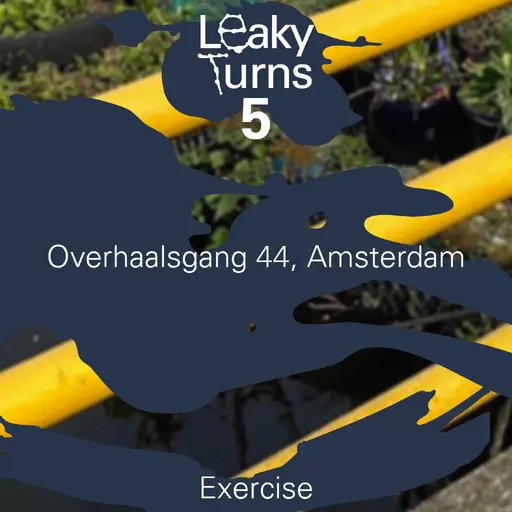
Leaky Turns: Exercise 5: Overhaalsgang 44, Amsterdam (Radna Rumping)
Listen alongside Radna Rumping to imagine standing on a floating garden, noticing the changes in your surroundings and yourself.
This podcast is part of the series Leaky Turns
This podcast is part of the series Leaky Turns
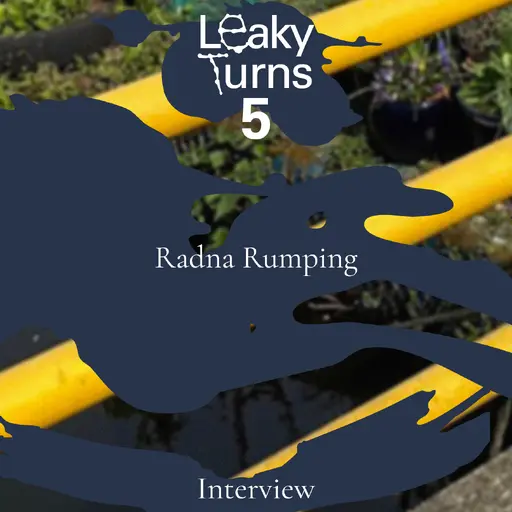
Leaky Turns: Interview 5: Radna Rumping
Following a short excerpt reading from her text Shaky Ground, Stubborn Material, Radna Rumping reflects on floating gardens in Amsterdam as poetic, semi-public spaces that blur the boundaries between land and water, control and instability, imagination and reality. She explores how such spaces invite us to dwell with uncertainty and reconsider dominant structures by engaging with affect, material presence, and the legacies of countercultural practices.
This podcast is part of the series Leaky Turns
This podcast is part of the series Leaky Turns
Radna Rumping is a curator, artist and advisor on contemporary art and culture. Her work involves public space, radio broadcasting, experimental archiving practices, ways of gathering and conditions of (in)visibility.
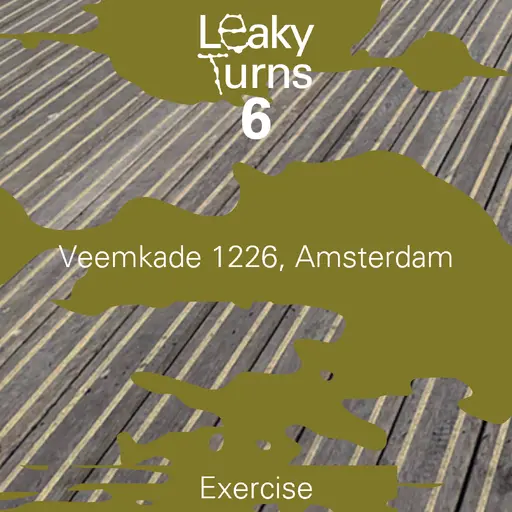
Leaky Turns: Exercise 6: Veemkade 1226, Amsterdam (Anne Dessing)
Listen alongside Anne Dessing to feel the ground under your feet; read the place you’re in.
This podcast is part of the series Leaky Turns
This podcast is part of the series Leaky Turns
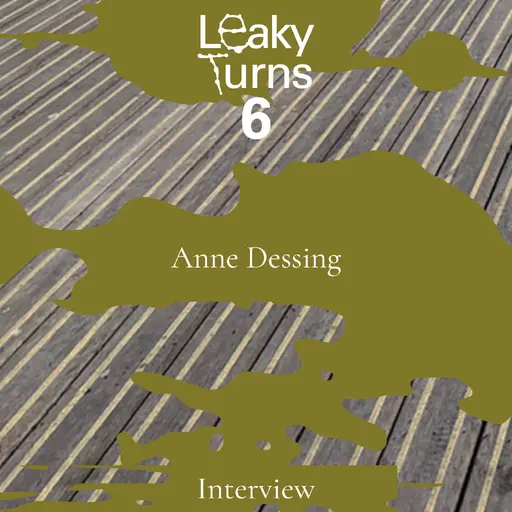
Leaky Turns: Interview 6: Anne Dessing
In her teaching project with students from Gerrit Rietveld Academy, Anne Dessing focussed on drawing water. She reflects on how the fluid and elusive nature of water invites new ways of perceiving, representing, and understanding it—not as static, blue shapes on a map, but as an omnipresent, connective, and ever-changing phenomenon.
This podcast is part of the series Leaky Turns
This podcast is part of the series Leaky Turns
Anne Dessing is a Dutch architect. Her practice, Studio Anne Dessing, operates at the intersections of art, research and architecture. She researches architecture through exhibitions, installations, drawings, models, interiors and (temporary) buildings. She uses the discipline’s powerful representational techniques as tools to understand societies as complex aesthetic systems.
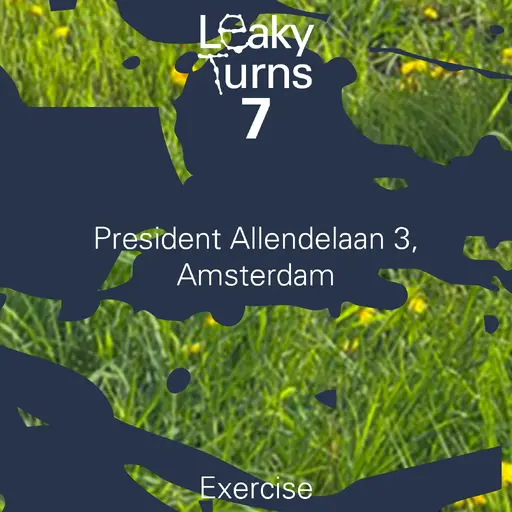
Leaky Turns: Exercise 7: President Allendelaan 3, Amsterdam (Müge Yilmaz)
Listen alongside Müge Yilmaz to notice the presence of water, and its movement all around you.
This podcast is part of the series Leaky Turns
This podcast is part of the series Leaky Turns
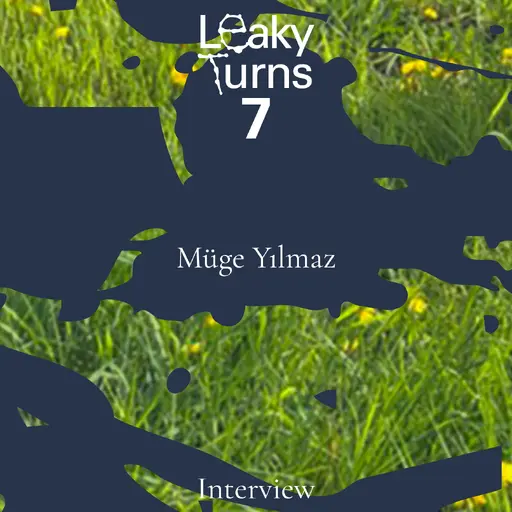
Leaky Turns: Interview 7: Müge Yilmaz
Drawing from her research on salinization and her long-standing relationship with water, Müge Yilmaz reflects on pollution, salt-loving plants, and the importance of understanding water not just as a resource, but as a living presence shaped by – and responding to – human and non-human forces. In her work with the collective 4Siblings on a semi-urban, semi-wild plot in Amsterdam, they explore growing food and engaging with ecology through direct, embodied experience and praxis, rather than solely relying on theory.
This podcast is part of the series Leaky Turns
This podcast is part of the series Leaky Turns
Born in Istanbul, Müge Yılmaz lives and works in Amsterdam. Her research and artistic practice presents speculations influenced by feminist science fiction and proposes future narratives through installation, performance and photography. She has been a resident at Rijksakademie van Beeldende Kunsten, a researcher at Rietveld Academie, is a co-founder of 4Siblings collective and is the admin of @feministcifi.
The podcast and event Leaky Turns is part of the SPRONG subsidy programme Verbeelding in Transities.
Graphic Design: John Haag
Graphic Design: John Haag
Join us on Tuesday, September 30, for the closing of the Loom residency—a collective listening route, a shared experience, and a moment to gather. You can register here.
